No products in the cart.
Eco-Friendly Packaging Solutions Transform Every Industry
-
By: Caroline Ray
-
January 24, 2025
Can eco-friendly packaging solutions truly transform every industry? As consumer demand for sustainability rises, businesses across sectors find themselves at a crossroads: adapt or risk losing market share and trust. Major brands like Boots and Reformation have already embraced biodegradable and compostable materials, showcasing the shift toward environmentally-friendly options. This growing trend isn’t confined to a single industry; it’s a movement impacting consumer electronics, food, beauty, and beyond. As regulatory and consumer pressures mount, the pivot toward sustainable packaging is not just beneficial—it’s essential for future success. Explore how eco-friendly solutions are reshaping industries one package at a time.
 Consumer electronics is making significant strides in sustainable packaging by embracing mushroom-based materials. How does mushroom packaging benefit this industry? Mushroom packaging offers a biodegradable alternative to traditional polystyrene. It decomposes naturally without leaving harmful residues, reducing the ecological footprint of electronics packaging. This solution not only addresses environmental concerns but also aligns with the growing consumer demand for eco-conscious products.
In the food industry, sustainable packaging materials like cellulose and bioplastics are gaining traction. What makes these materials suitable for food packaging? Cellulose, derived from plant fibers, is compostable and provides a barrier against moisture and oxygen, essential for preserving food products. Bioplastics, made from renewable sources, offer similar protective qualities while being biodegradable. These materials cater to both environmental and food safety requirements, providing a viable alternative to conventional packaging.
The beauty industry is innovating with eco-friendly practices, notably through Lush’s lightweighting strategy. How does lightweighting contribute to sustainability? By reducing the amount of material used in packaging, lightweighting decreases waste and resource consumption. Lush exemplifies this by minimizing packaging for its products, thereby cutting down on environmental impact and enhancing brand reputation among eco-conscious consumers.
Finally, initiatives like TerraCycle’s Loop program are revolutionizing refillable and reusable packaging. How does this initiative impact sustainability? Loop collaborates with brands to create durable, reusable packaging that reduces single-use waste. By encouraging consumers to return packaging for refills, it promotes a circular economy, significantly diminishing the environmental burden associated with disposable packaging.
Consumer electronics is making significant strides in sustainable packaging by embracing mushroom-based materials. How does mushroom packaging benefit this industry? Mushroom packaging offers a biodegradable alternative to traditional polystyrene. It decomposes naturally without leaving harmful residues, reducing the ecological footprint of electronics packaging. This solution not only addresses environmental concerns but also aligns with the growing consumer demand for eco-conscious products.
In the food industry, sustainable packaging materials like cellulose and bioplastics are gaining traction. What makes these materials suitable for food packaging? Cellulose, derived from plant fibers, is compostable and provides a barrier against moisture and oxygen, essential for preserving food products. Bioplastics, made from renewable sources, offer similar protective qualities while being biodegradable. These materials cater to both environmental and food safety requirements, providing a viable alternative to conventional packaging.
The beauty industry is innovating with eco-friendly practices, notably through Lush’s lightweighting strategy. How does lightweighting contribute to sustainability? By reducing the amount of material used in packaging, lightweighting decreases waste and resource consumption. Lush exemplifies this by minimizing packaging for its products, thereby cutting down on environmental impact and enhancing brand reputation among eco-conscious consumers.
Finally, initiatives like TerraCycle’s Loop program are revolutionizing refillable and reusable packaging. How does this initiative impact sustainability? Loop collaborates with brands to create durable, reusable packaging that reduces single-use waste. By encouraging consumers to return packaging for refills, it promotes a circular economy, significantly diminishing the environmental burden associated with disposable packaging.
By implementing these eco-friendly solutions, industries are not only reducing their environmental impact but also meeting the expectations of increasingly eco-conscious consumers. These strategies showcase a commitment to innovation and sustainability, paving the way for a more sustainable future across various sectors.
 What are the current innovations in eco-friendly packaging? Innovations in this field include the use of plant-based materials and biodegradable inks. These materials are derived from renewable sources, offering a sustainable alternative to traditional packaging. Plant-based plastics, for example, are made from corn starch or sugarcane, providing the same functionality as conventional plastics but with a reduced environmental impact. Biodegradable inks, produced from natural pigments, ensure that the entire packaging remains environmentally friendly, minimizing the ecological footprint from production to disposal.
How are technological advancements influencing eco-friendly packaging? Smart packaging technologies are transforming the packaging industry by integrating intelligence into design. These technologies not only enhance the user experience but also contribute to sustainability. Smart packaging can include features like QR codes that provide detailed product information, reducing the need for additional printed materials. Additionally, sensors embedded in packaging can monitor freshness, promoting efficient consumption and reducing food waste. These advancements reflect a shift toward more interactive and efficient packaging solutions that cater to both consumer convenience and environmental sustainability.
What are the design trends in eco-friendly packaging? Minimalist designs are gaining popularity as a trend in sustainable packaging. By focusing on simplicity and functionality, minimalist packaging reduces material usage and waste. This approach often involves using fewer colors, simpler graphics, and streamlined shapes, which also contribute to a more modern and sophisticated appearance. Such designs not only appeal aesthetically to consumers but also align with sustainable practices by minimizing resource consumption and enhancing the overall sustainability of the packaging process.
Innovative packaging solutions currently trending include:
What are the current innovations in eco-friendly packaging? Innovations in this field include the use of plant-based materials and biodegradable inks. These materials are derived from renewable sources, offering a sustainable alternative to traditional packaging. Plant-based plastics, for example, are made from corn starch or sugarcane, providing the same functionality as conventional plastics but with a reduced environmental impact. Biodegradable inks, produced from natural pigments, ensure that the entire packaging remains environmentally friendly, minimizing the ecological footprint from production to disposal.
How are technological advancements influencing eco-friendly packaging? Smart packaging technologies are transforming the packaging industry by integrating intelligence into design. These technologies not only enhance the user experience but also contribute to sustainability. Smart packaging can include features like QR codes that provide detailed product information, reducing the need for additional printed materials. Additionally, sensors embedded in packaging can monitor freshness, promoting efficient consumption and reducing food waste. These advancements reflect a shift toward more interactive and efficient packaging solutions that cater to both consumer convenience and environmental sustainability.
What are the design trends in eco-friendly packaging? Minimalist designs are gaining popularity as a trend in sustainable packaging. By focusing on simplicity and functionality, minimalist packaging reduces material usage and waste. This approach often involves using fewer colors, simpler graphics, and streamlined shapes, which also contribute to a more modern and sophisticated appearance. Such designs not only appeal aesthetically to consumers but also align with sustainable practices by minimizing resource consumption and enhancing the overall sustainability of the packaging process.
Innovative packaging solutions currently trending include:
 Why are case studies important for understanding eco-friendly packaging? Case studies provide real-world examples of how businesses effectively implement sustainable packaging solutions. They illustrate practical applications, demonstrating the tangible benefits and challenges that companies face. By examining these cases, other organizations can gain valuable insights into the strategies and innovations that lead to successful adoption of eco-friendly practices, thus fostering a broader shift towards sustainability across industries.
Highlighting successful companies in eco-friendly packaging:
Why are case studies important for understanding eco-friendly packaging? Case studies provide real-world examples of how businesses effectively implement sustainable packaging solutions. They illustrate practical applications, demonstrating the tangible benefits and challenges that companies face. By examining these cases, other organizations can gain valuable insights into the strategies and innovations that lead to successful adoption of eco-friendly practices, thus fostering a broader shift towards sustainability across industries.
Highlighting successful companies in eco-friendly packaging:
Eco-Friendly Packaging Solutions: An Overview for Every Industry
The demand for sustainable packaging solutions is rising as consumers increasingly prioritize environmental responsibility. Brands are under pressure to integrate eco-friendly practices to maintain market share and consumer trust. This shift is driven by growing awareness of the environmental impacts of packaging waste and a desire for sustainable alternatives. Companies are turning to innovative materials and designs to meet these expectations and ensure their packaging aligns with consumer values. Biodegradable and compostable materials are at the forefront of eco-friendly packaging solutions. These materials break down naturally, reducing environmental impact and waste. Notable examples include compostable shopping bags used by companies like Boots and Reformation. Other materials gaining traction include plant-based plastics, recycled paper, and biodegradable films. These materials serve various packaging needs while minimizing environmental harm, demonstrating a commitment to sustainability. Industries embracing eco-friendly packaging include:- Food and Beverage
- Consumer Electronics
- Fashion and Apparel
- Beauty and Personal Care
- Healthcare and Pharmaceuticals
Industry-Specific Eco-Friendly Packaging Solutions
 Consumer electronics is making significant strides in sustainable packaging by embracing mushroom-based materials. How does mushroom packaging benefit this industry? Mushroom packaging offers a biodegradable alternative to traditional polystyrene. It decomposes naturally without leaving harmful residues, reducing the ecological footprint of electronics packaging. This solution not only addresses environmental concerns but also aligns with the growing consumer demand for eco-conscious products.
In the food industry, sustainable packaging materials like cellulose and bioplastics are gaining traction. What makes these materials suitable for food packaging? Cellulose, derived from plant fibers, is compostable and provides a barrier against moisture and oxygen, essential for preserving food products. Bioplastics, made from renewable sources, offer similar protective qualities while being biodegradable. These materials cater to both environmental and food safety requirements, providing a viable alternative to conventional packaging.
The beauty industry is innovating with eco-friendly practices, notably through Lush’s lightweighting strategy. How does lightweighting contribute to sustainability? By reducing the amount of material used in packaging, lightweighting decreases waste and resource consumption. Lush exemplifies this by minimizing packaging for its products, thereby cutting down on environmental impact and enhancing brand reputation among eco-conscious consumers.
Finally, initiatives like TerraCycle’s Loop program are revolutionizing refillable and reusable packaging. How does this initiative impact sustainability? Loop collaborates with brands to create durable, reusable packaging that reduces single-use waste. By encouraging consumers to return packaging for refills, it promotes a circular economy, significantly diminishing the environmental burden associated with disposable packaging.
Consumer electronics is making significant strides in sustainable packaging by embracing mushroom-based materials. How does mushroom packaging benefit this industry? Mushroom packaging offers a biodegradable alternative to traditional polystyrene. It decomposes naturally without leaving harmful residues, reducing the ecological footprint of electronics packaging. This solution not only addresses environmental concerns but also aligns with the growing consumer demand for eco-conscious products.
In the food industry, sustainable packaging materials like cellulose and bioplastics are gaining traction. What makes these materials suitable for food packaging? Cellulose, derived from plant fibers, is compostable and provides a barrier against moisture and oxygen, essential for preserving food products. Bioplastics, made from renewable sources, offer similar protective qualities while being biodegradable. These materials cater to both environmental and food safety requirements, providing a viable alternative to conventional packaging.
The beauty industry is innovating with eco-friendly practices, notably through Lush’s lightweighting strategy. How does lightweighting contribute to sustainability? By reducing the amount of material used in packaging, lightweighting decreases waste and resource consumption. Lush exemplifies this by minimizing packaging for its products, thereby cutting down on environmental impact and enhancing brand reputation among eco-conscious consumers.
Finally, initiatives like TerraCycle’s Loop program are revolutionizing refillable and reusable packaging. How does this initiative impact sustainability? Loop collaborates with brands to create durable, reusable packaging that reduces single-use waste. By encouraging consumers to return packaging for refills, it promotes a circular economy, significantly diminishing the environmental burden associated with disposable packaging.
| Industry | Eco-Friendly Solution |
|---|---|
| Consumer Electronics | Mushroom Packaging |
| Food | Cellulose and Bioplastics |
| Beauty | Lightweighting Strategy |
Benefits of Eco-Friendly Packaging
What are the environmental benefits of eco-friendly packaging? Eco-friendly packaging significantly reduces the carbon footprint and manages waste more effectively. By using materials such as biodegradable films and recycled paper, packaging solutions can break down naturally or be reused, thus lessening the environmental burden. This reduction in harmful waste not only helps conserve natural resources but also aligns with global efforts to combat pollution and climate change. Implementing sustainable practices in packaging design and production contributes to a healthier planet, fostering a positive impact on the environment. How do eco-friendly packaging solutions economically benefit businesses? Implementing these solutions can enhance brand reputation and appeal to environmentally conscious consumers. By adopting eco-friendly practices, companies demonstrate a commitment to sustainability, which can increase consumer trust and loyalty. Moreover, as regulatory pressures mount for sustainable practices, early adoption can provide a competitive edge, potentially leading to cost savings through streamlined manufacturing processes and reduced waste. These advantages can translate into increased market share and improved financial performance for businesses committed to eco-conscious operations. Benefits to businesses include:- Enhanced brand reputation through sustainable practices
- Increased consumer loyalty from environmentally conscious customers
- Regulatory compliance with evolving environmental standards
- Cost savings from reduced waste and efficient packaging processes
Trends and Innovations in Eco-Friendly Packaging
 What are the current innovations in eco-friendly packaging? Innovations in this field include the use of plant-based materials and biodegradable inks. These materials are derived from renewable sources, offering a sustainable alternative to traditional packaging. Plant-based plastics, for example, are made from corn starch or sugarcane, providing the same functionality as conventional plastics but with a reduced environmental impact. Biodegradable inks, produced from natural pigments, ensure that the entire packaging remains environmentally friendly, minimizing the ecological footprint from production to disposal.
How are technological advancements influencing eco-friendly packaging? Smart packaging technologies are transforming the packaging industry by integrating intelligence into design. These technologies not only enhance the user experience but also contribute to sustainability. Smart packaging can include features like QR codes that provide detailed product information, reducing the need for additional printed materials. Additionally, sensors embedded in packaging can monitor freshness, promoting efficient consumption and reducing food waste. These advancements reflect a shift toward more interactive and efficient packaging solutions that cater to both consumer convenience and environmental sustainability.
What are the design trends in eco-friendly packaging? Minimalist designs are gaining popularity as a trend in sustainable packaging. By focusing on simplicity and functionality, minimalist packaging reduces material usage and waste. This approach often involves using fewer colors, simpler graphics, and streamlined shapes, which also contribute to a more modern and sophisticated appearance. Such designs not only appeal aesthetically to consumers but also align with sustainable practices by minimizing resource consumption and enhancing the overall sustainability of the packaging process.
Innovative packaging solutions currently trending include:
What are the current innovations in eco-friendly packaging? Innovations in this field include the use of plant-based materials and biodegradable inks. These materials are derived from renewable sources, offering a sustainable alternative to traditional packaging. Plant-based plastics, for example, are made from corn starch or sugarcane, providing the same functionality as conventional plastics but with a reduced environmental impact. Biodegradable inks, produced from natural pigments, ensure that the entire packaging remains environmentally friendly, minimizing the ecological footprint from production to disposal.
How are technological advancements influencing eco-friendly packaging? Smart packaging technologies are transforming the packaging industry by integrating intelligence into design. These technologies not only enhance the user experience but also contribute to sustainability. Smart packaging can include features like QR codes that provide detailed product information, reducing the need for additional printed materials. Additionally, sensors embedded in packaging can monitor freshness, promoting efficient consumption and reducing food waste. These advancements reflect a shift toward more interactive and efficient packaging solutions that cater to both consumer convenience and environmental sustainability.
What are the design trends in eco-friendly packaging? Minimalist designs are gaining popularity as a trend in sustainable packaging. By focusing on simplicity and functionality, minimalist packaging reduces material usage and waste. This approach often involves using fewer colors, simpler graphics, and streamlined shapes, which also contribute to a more modern and sophisticated appearance. Such designs not only appeal aesthetically to consumers but also align with sustainable practices by minimizing resource consumption and enhancing the overall sustainability of the packaging process.
Innovative packaging solutions currently trending include:
- Plant-based plastics
- Biodegradable inks
- Smart packaging technologies
- Minimalist design
- Edible packaging
- Mushroom-based materials These innovations and trends signify a significant shift in the packaging industry towards sustainability, aiming to meet both consumer demands and environmental goals.
Implementing Eco-Friendly Packaging Solutions
Strategic planning is crucial in implementing sustainable packaging methods. Why is strategic planning important? It allows businesses to identify the most effective eco-friendly practices that align with their operational goals. By evaluating current packaging processes, companies can pinpoint areas for improvement, such as reducing material usage or transitioning to biodegradable options. This approach ensures that sustainability initiatives are not only environmentally beneficial but also economically viable, enhancing long-term success. Collaboration with circular platforms, such as TerraCycle, plays a vital role in sustainable practices. How do these collaborations work? Platforms like TerraCycle offer systems for recycling hard-to-recycle waste, promoting a closed-loop economy. By partnering with such platforms, businesses can extend the lifecycle of their packaging materials, reducing waste and environmental impact. This collaboration also enables companies to tap into innovative recycling technologies and processes, further supporting their sustainability goals. Design strategies are essential for effective packaging waste reduction. What design strategies are effective? Innovative designs, as seen with Unocup’s lid-free coffee cup and Carlsberg’s Snap Pack, demonstrate how thoughtful design can minimize material use. By focusing on minimalism and functionality, companies can create packaging that uses fewer resources while maintaining product integrity. These strategies not only reduce waste but also enhance the consumer experience by offering more convenient and eco-friendly products.- Assess current packaging processes to identify areas for improvement.
- Research eco-friendly materials suitable for your industry and products.
- Engage with circular platforms to improve recycling and waste management.
- Implement innovative designs that minimize material usage and waste.
- Continuously evaluate and adapt strategies to align with evolving sustainability standards.
Case Studies: Success Stories in Eco-Friendly Packaging
 Why are case studies important for understanding eco-friendly packaging? Case studies provide real-world examples of how businesses effectively implement sustainable packaging solutions. They illustrate practical applications, demonstrating the tangible benefits and challenges that companies face. By examining these cases, other organizations can gain valuable insights into the strategies and innovations that lead to successful adoption of eco-friendly practices, thus fostering a broader shift towards sustainability across industries.
Highlighting successful companies in eco-friendly packaging:
Why are case studies important for understanding eco-friendly packaging? Case studies provide real-world examples of how businesses effectively implement sustainable packaging solutions. They illustrate practical applications, demonstrating the tangible benefits and challenges that companies face. By examining these cases, other organizations can gain valuable insights into the strategies and innovations that lead to successful adoption of eco-friendly practices, thus fostering a broader shift towards sustainability across industries.
Highlighting successful companies in eco-friendly packaging:
- Aigo Print Shop: How does Aigo Print Shop implement eco-friendly packaging? Aigo Print Shop specializes in custom eco-friendly packaging, using materials that are both sustainable and visually appealing. Their approach focuses on reducing waste by utilizing recycled and biodegradable materials, which has led to increased consumer trust and a reduced environmental footprint. Their commitment to sustainability has positioned them as a leader in the eco-friendly packaging sector.
- Packhelp: What makes Packhelp’s packaging solutions effective? Packhelp offers customizable, eco-conscious packaging, crafted from FSC-certified materials. Their solutions prioritize both environmental sustainability and high-quality design, allowing brands to maintain their aesthetic standards while minimizing environmental impact. Packhelp’s approach has resulted in cost-effective solutions that meet the needs of eco-conscious consumers.
- Sustainable Packaging Industries (SPI): How does SPI contribute to sustainable packaging? SPI innovates with renewable and biodegradable materials, providing molded fiber trays and compostable containers. Their focus on using materials that decompose naturally supports reductions in packaging waste and aligns with the growing demand for sustainable products. SPI’s efforts have led to a significant reduction in environmental impact, setting an example for others in the industry.
Final Words
Emerging demand for sustainable packaging highlights the urgency for industries to adopt eco-friendly practices. Eco-friendly packaging solutions cater to consumer electronics, food, and beauty industries through biodegradable alternatives and refillable systems. Adopting these innovations not only reduces the carbon footprint but bolsters brand reputation among eco-conscious consumers. Trends lean toward intelligent and minimalist designs, diminishing material use and waste. Strategic pathways include improving labeling, harnessing circular platforms, and innovative designs. Success stories, like Aigo Print Shop, elucidate the impact of implementing eco-friendly packaging solutions across various sectors, fostering a brighter, sustainable future for every industry.FAQ
What is the most environmentally friendly packaging?
Environmentally friendly packaging typically includes materials that are recyclable, biodegradable, or compostable. These options, like biodegradable plastics and recycled paper, are designed to minimize environmental impact throughout their lifecycle.What are sustainable packaging solutions?
Sustainable packaging solutions involve using materials that reduce waste, are renewable or recyclable, and implement efficient design principles. These solutions aim to lessen environmental footprints while maintaining functionality and aesthetic appeal.What are the 5 R’s of sustainable packaging?
The 5 R’s of sustainable packaging are Refuse, Reduce, Reuse, Recycle, and Rot. These principles guide the creation and disposal of packaging to minimize environmental harm and promote sustainability.What are some innovative eco-friendly packaging ideas?
Innovative eco-friendly packaging ideas include plant-based plastics, mushroom packaging, biodegradable inks, and smart packaging technologies. These innovations aim to reduce waste and environmental impact while offering modern packaging solutions.
Caroline Ray
Hello, I’m Caroline Ray, a custom packaging consultant and designer. With a professional journey spanning over eight years, I’ve evolved from a budding designer to a recognized expert in the field. Currently holding the position of Packaging Consultant, I’ve honed my skills in creating not just visually stunning packaging but also solutions that align with strategic business goals for custom pacakging.
Tag
Categories
List Posts
February 26, 2025
Smart Packaging for Smart Devices: Design Innovations
February 26, 2025
Functional Packaging: Protecting and Showcasing Tech Accessories
February 18, 2025
Unboxing Joy: Creative Packaging Ideas That Delight
February 17, 2025

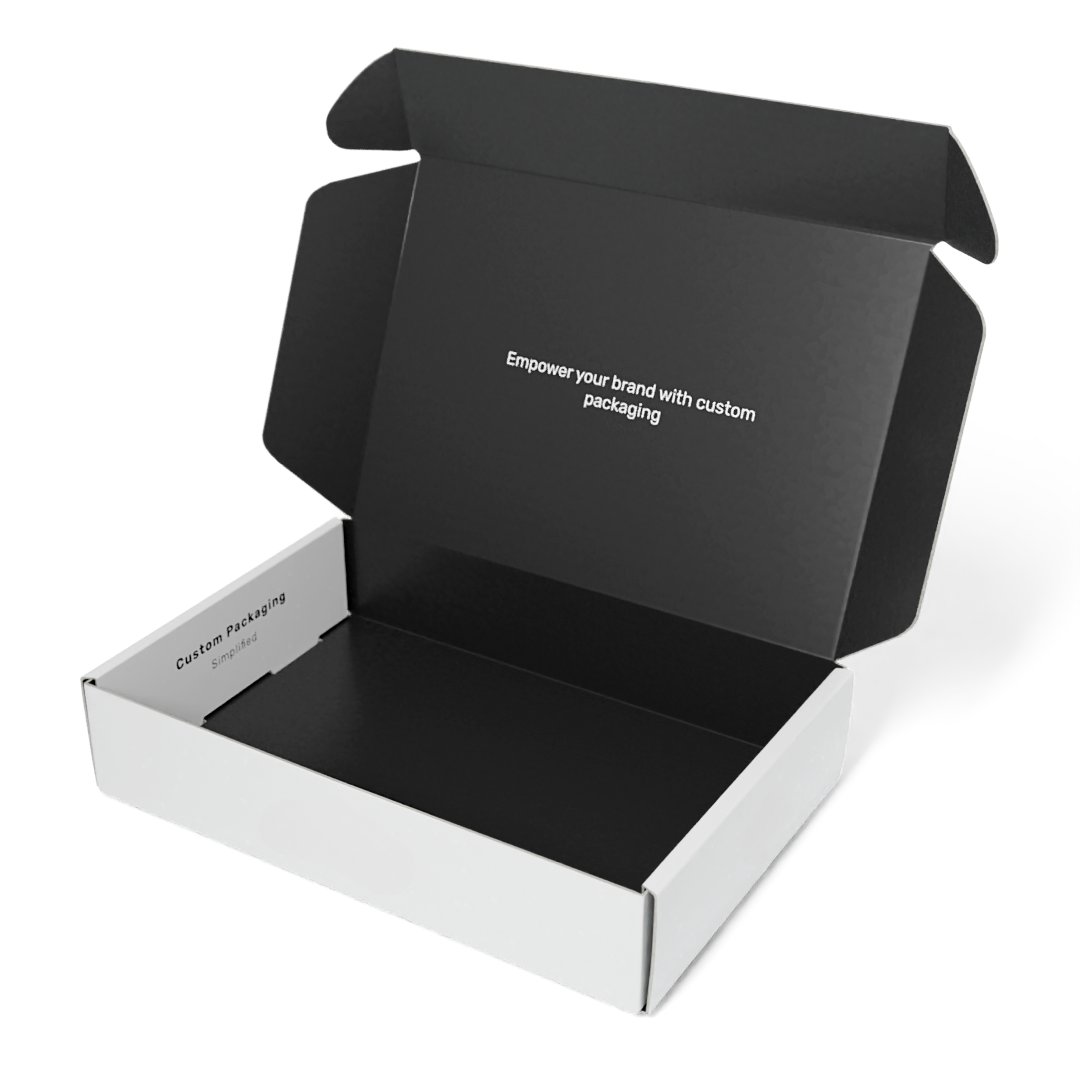
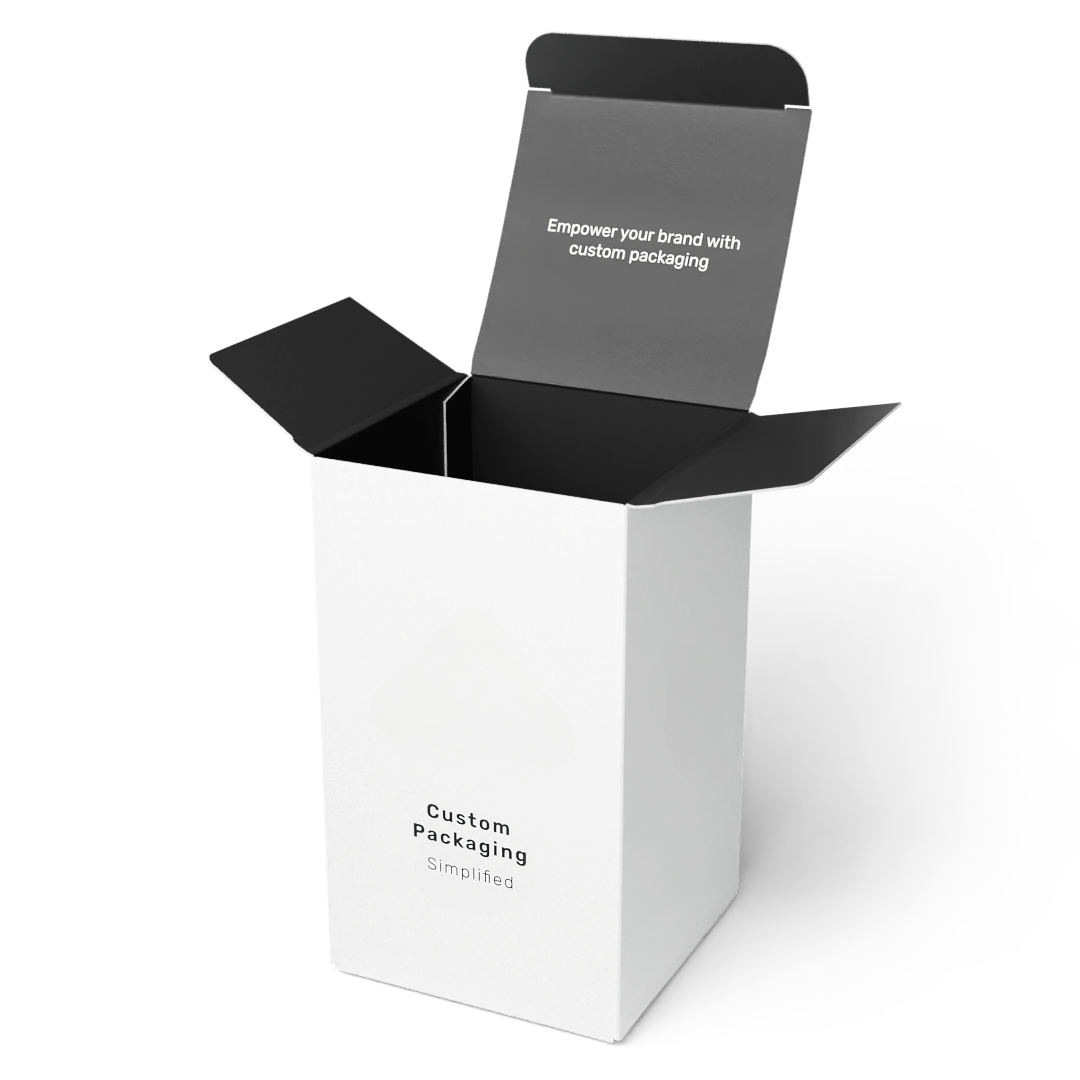
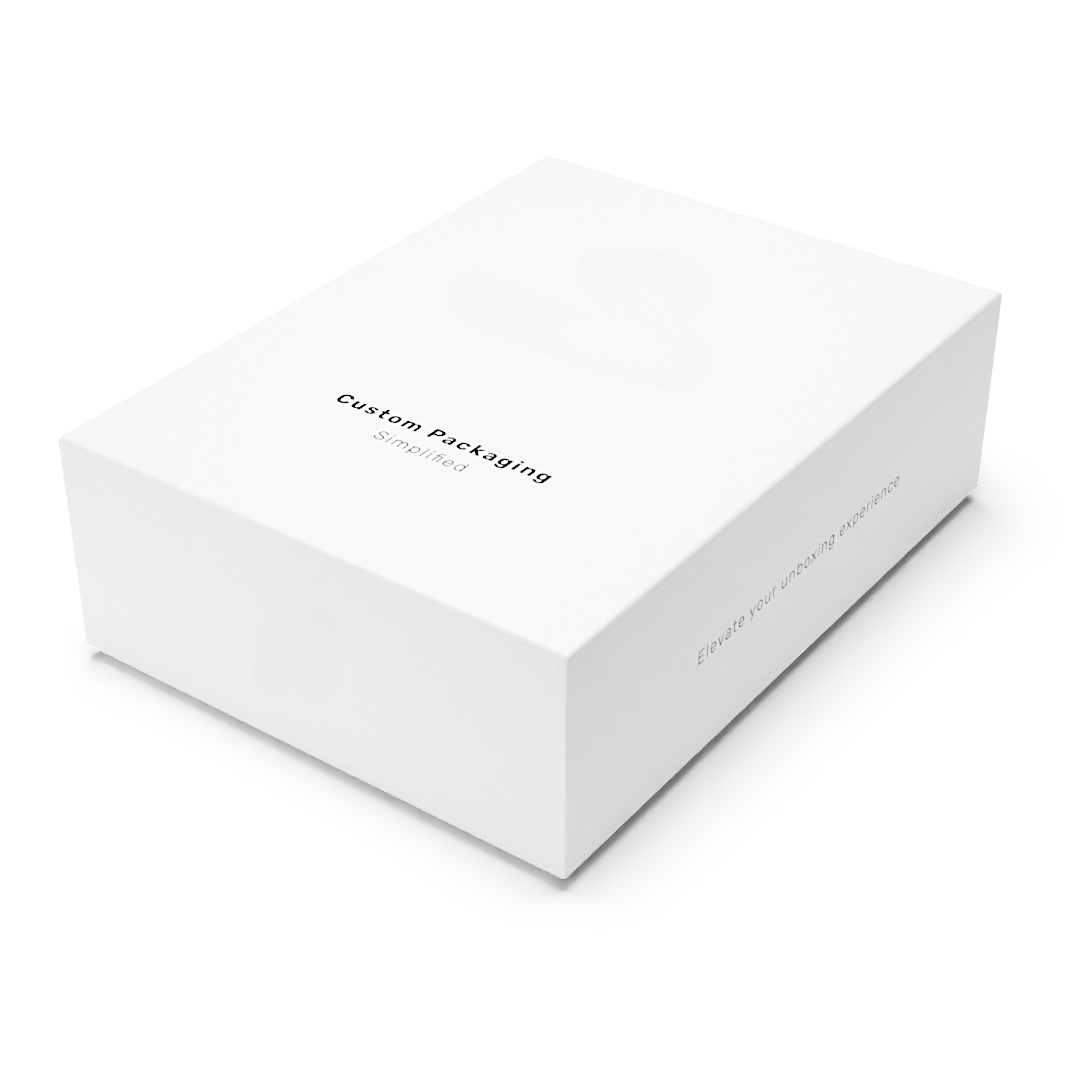
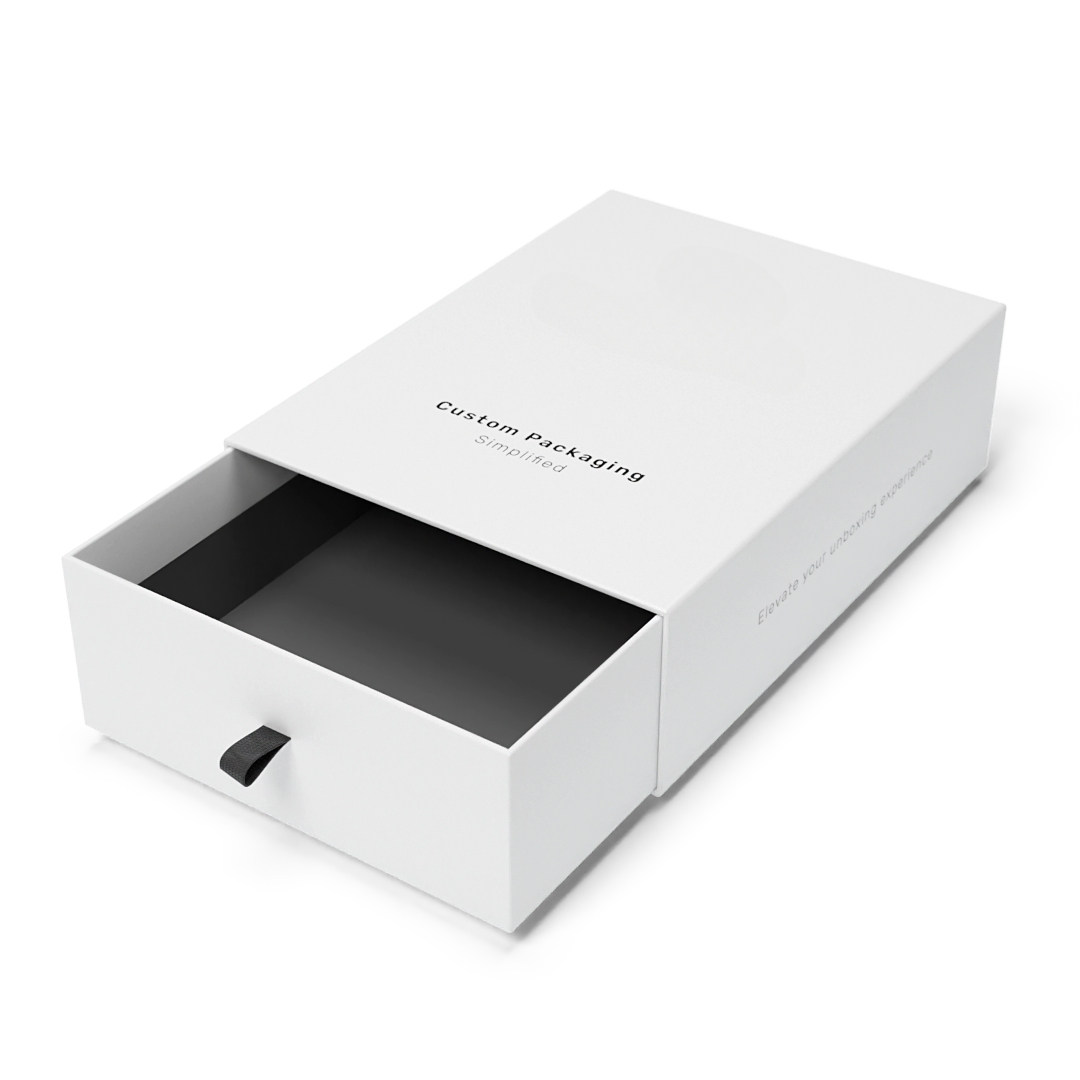
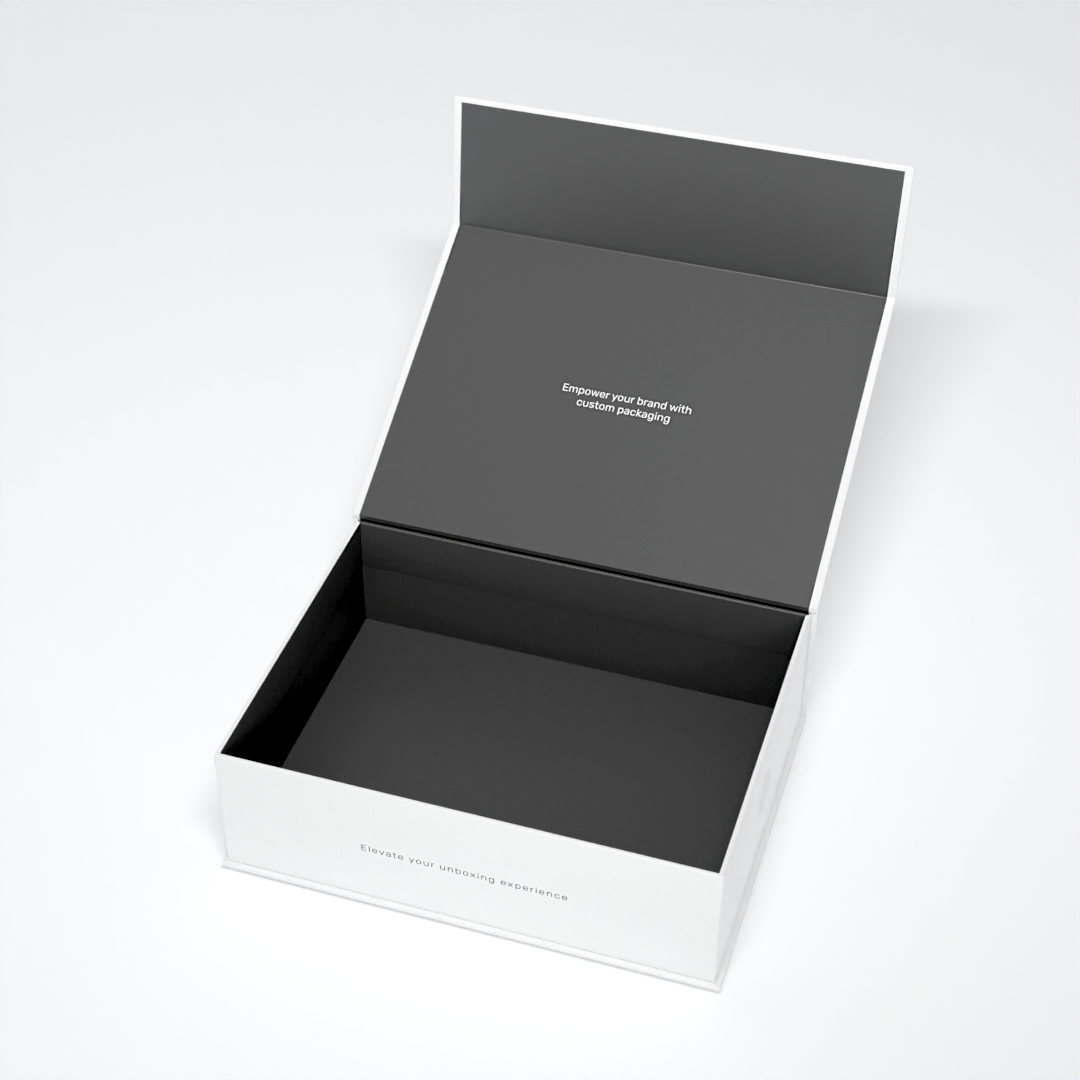
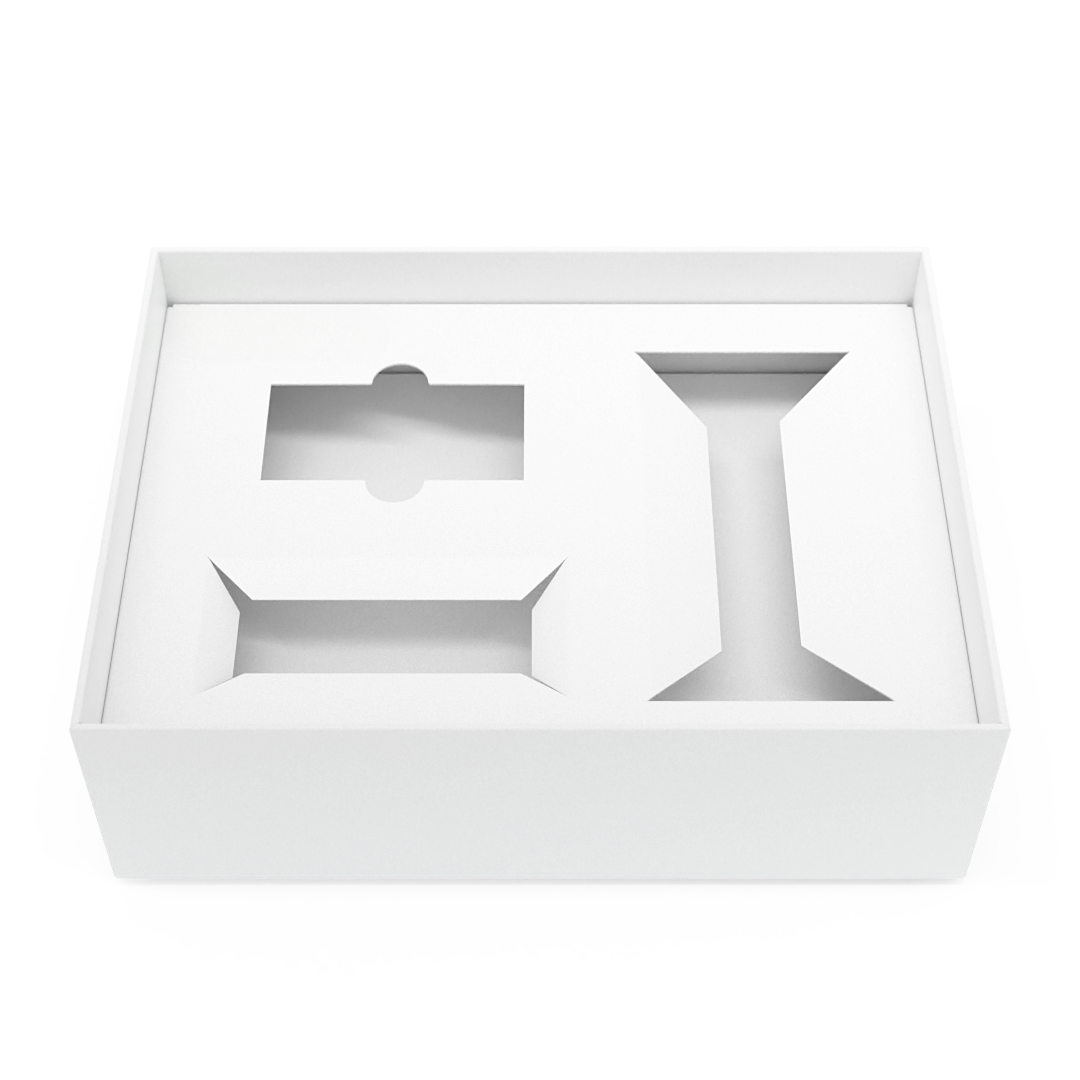

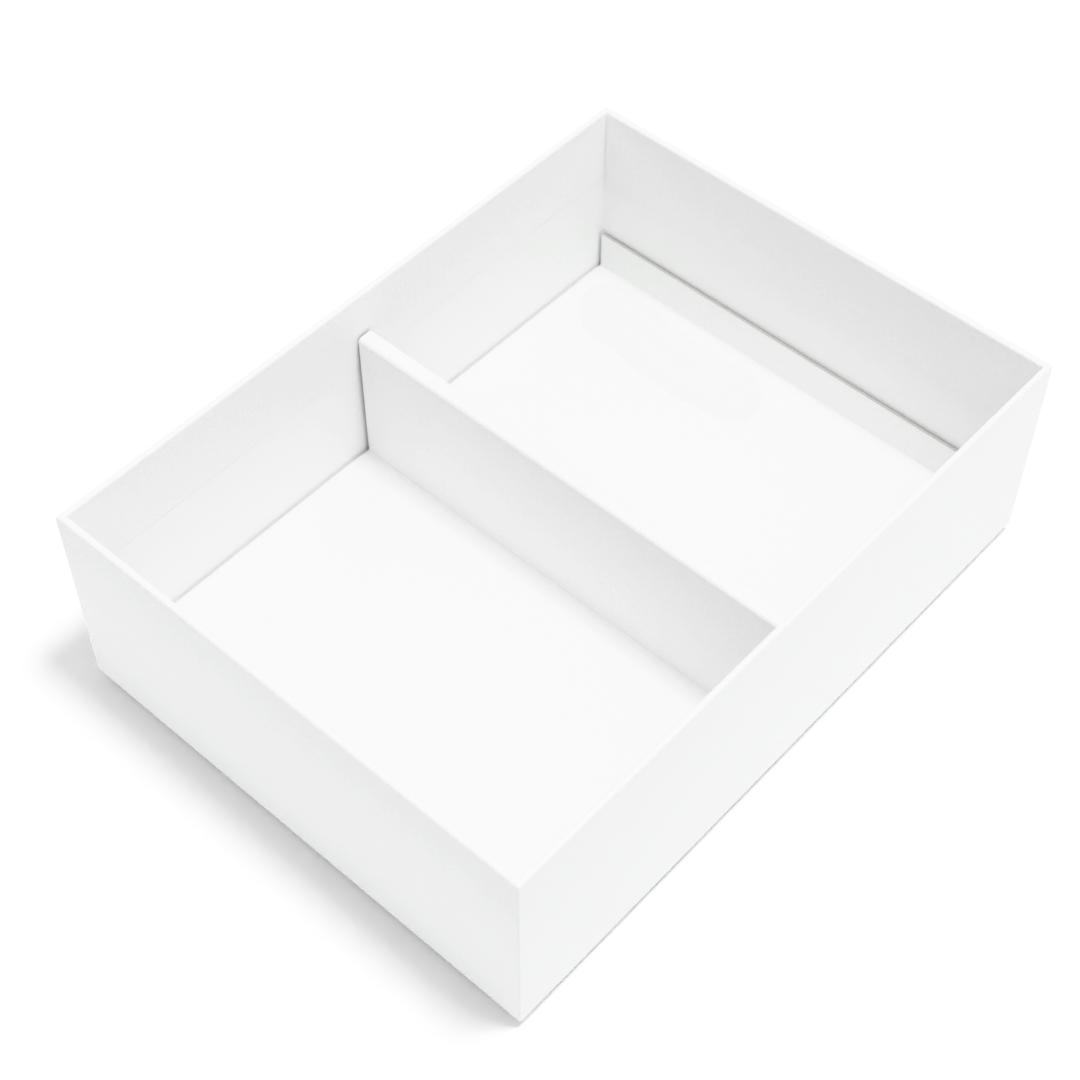
Leave a comment